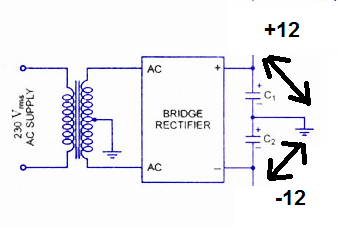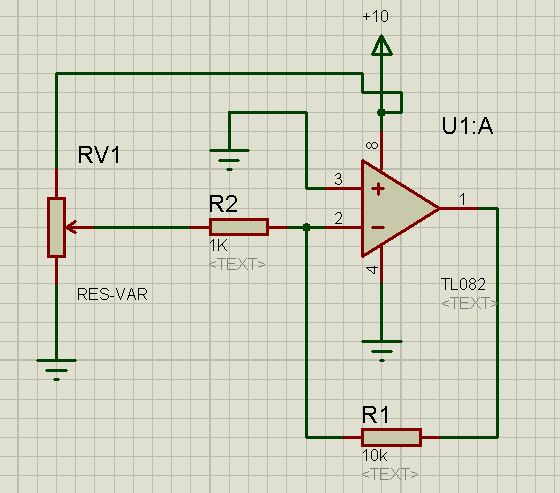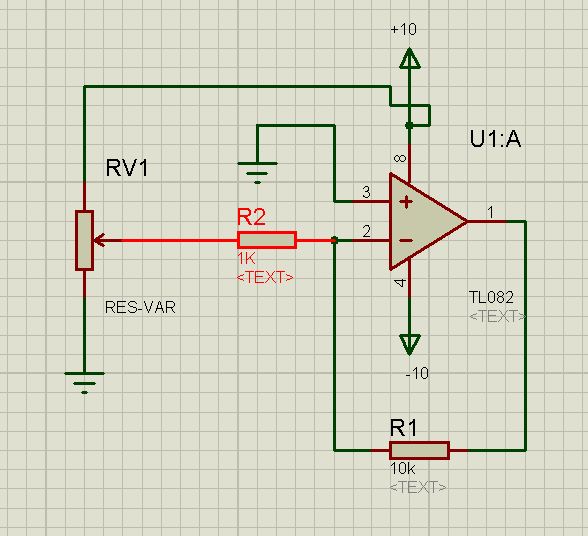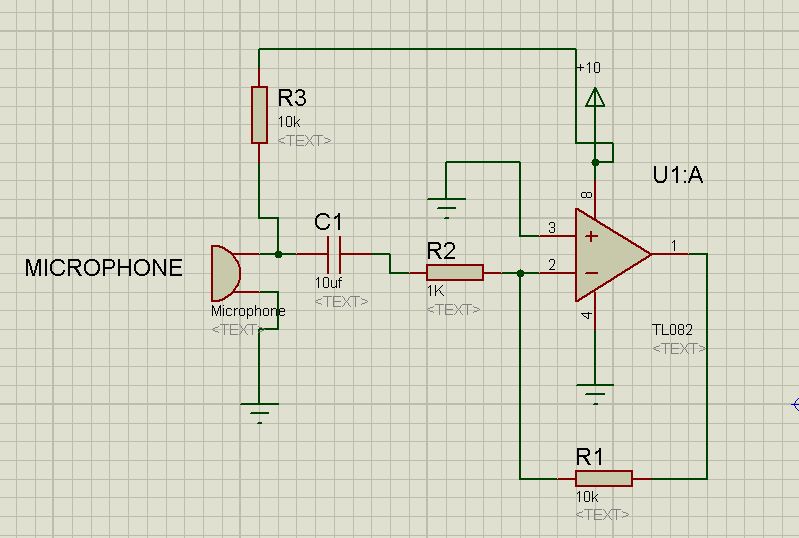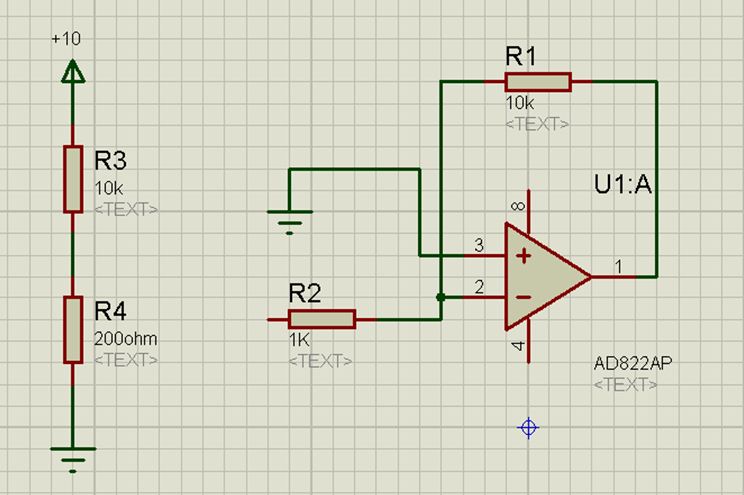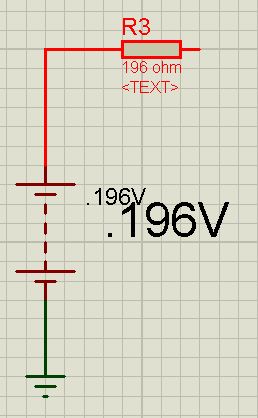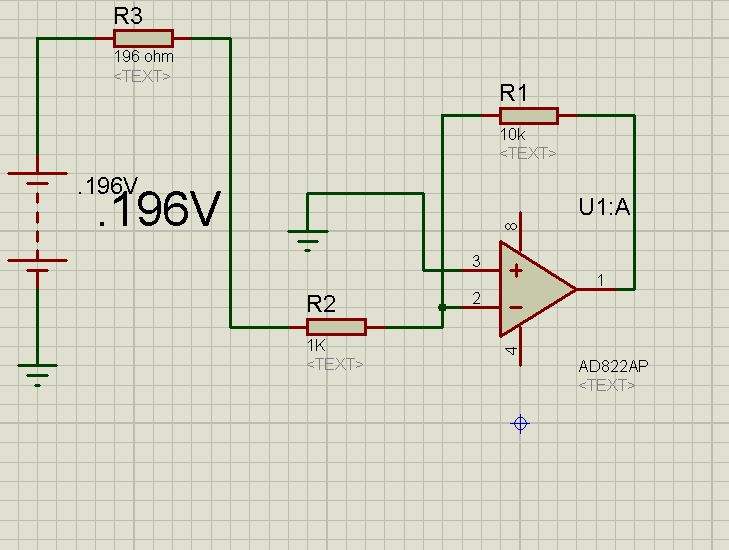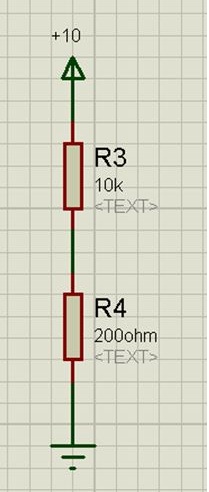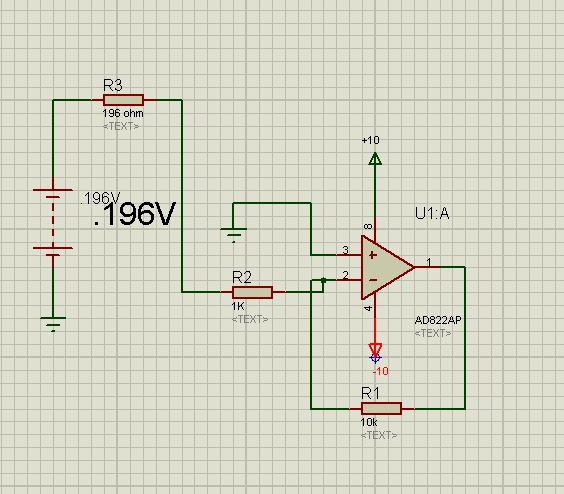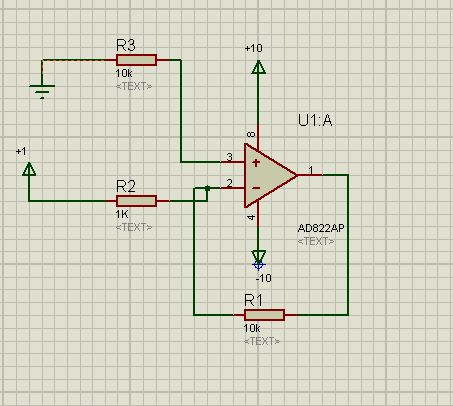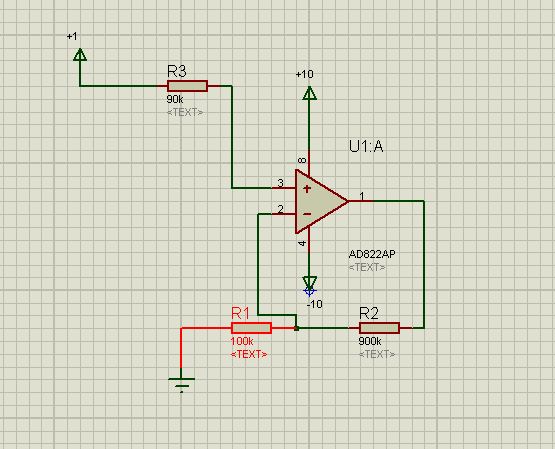baby_1
Advanced Member level 1

Hello
i want to work with op-amp as my first test
i have some question:
in ad822 that work in 5-30volt in single mode , can i powered it up with +15 and -15 (dual supply that voltage=15-(-15)=30 )?
i tested it with a dual supply voltage (+12 -12) and with this schematic

but i take 22 volt in output instead of 10 volt(1Volt * 10) , why? if a op-amp want works fine the output should be between VCC and -VCC not 2VCC to ground ?
what is my fault?
i want to work with op-amp as my first test
i have some question:
in ad822 that work in 5-30volt in single mode , can i powered it up with +15 and -15 (dual supply that voltage=15-(-15)=30 )?
i tested it with a dual supply voltage (+12 -12) and with this schematic

but i take 22 volt in output instead of 10 volt(1Volt * 10) , why? if a op-amp want works fine the output should be between VCC and -VCC not 2VCC to ground ?
what is my fault?


